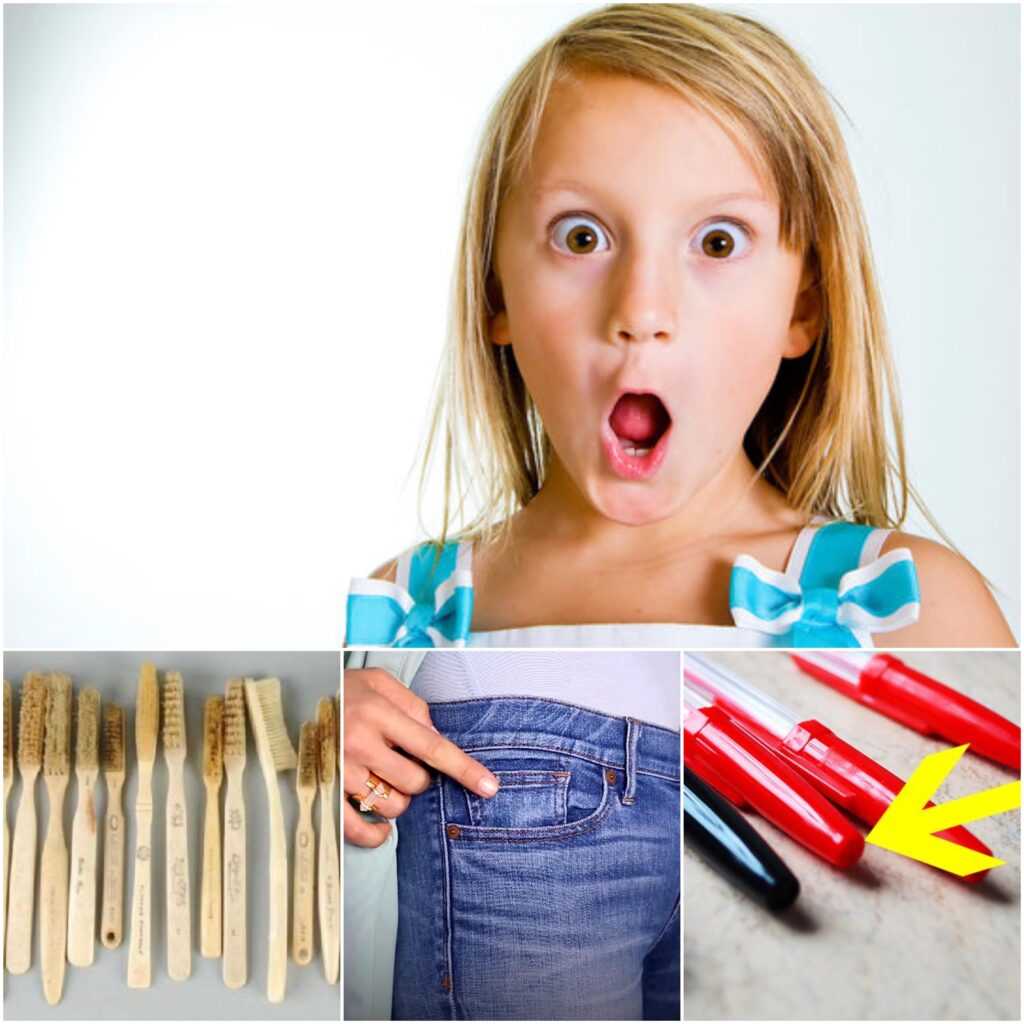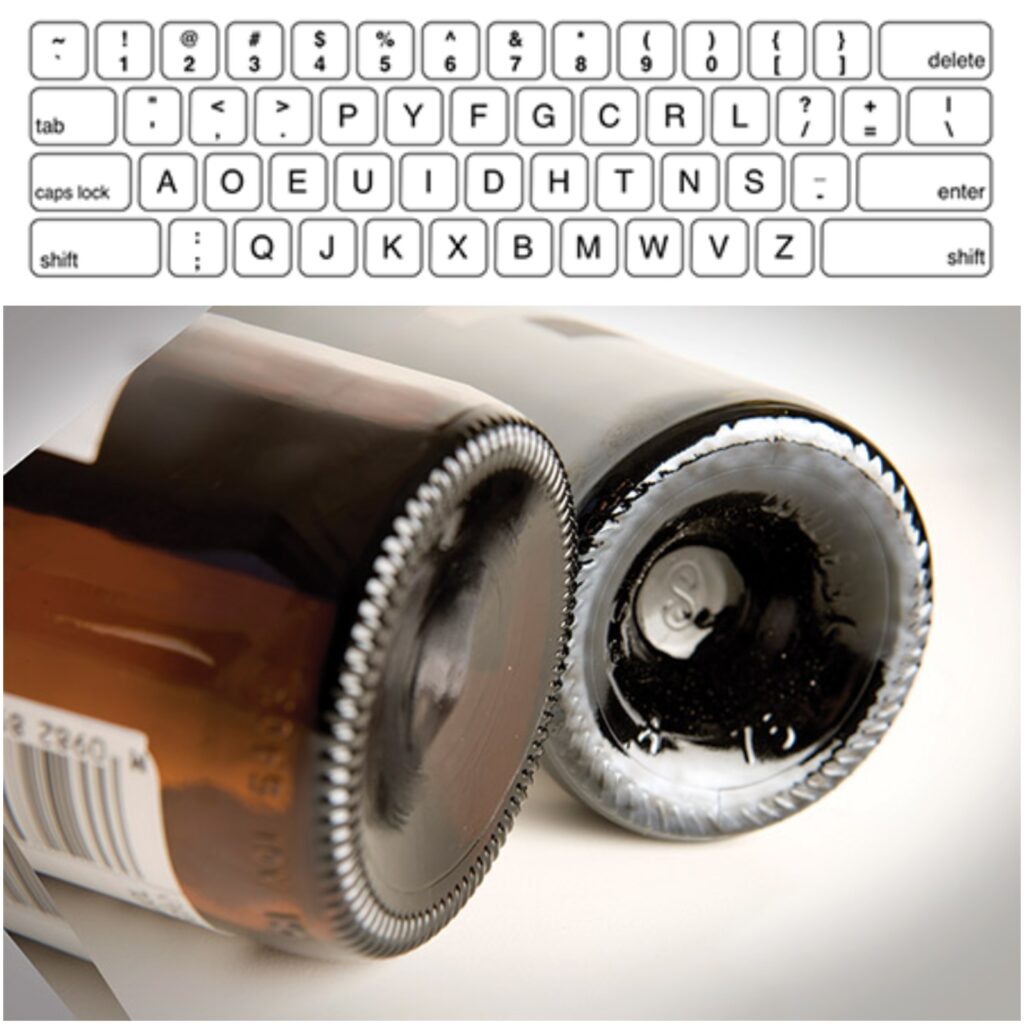We often take everyday objects for granted, but many of them have interesting histories and undiscovered details that most people are unaware of.
These everyday objects, like the hole in your pen cap or the additional pocket in your jeans, have unexpected qualities that might change the way you experience them.
Let’s discover some amazing little-known facts about everyday objects.

Rarely Known Facts About Everyday Objects
The Hidden Origins of the Toothbrush
Did you know that the origins of the modern toothbrush can be found in ancient Egypt and China, when people washed their teeth with twigs and animal hair?
An early toothbrush was a “chewing stick” fashioned from fragrant tree twigs. Chewing the ends of the stick until they frayed was how they were used to clean teeth and freshen breath.
Using boar hairs fastened to bamboo or bone handles, the Chinese created the first toothbrush with bristles in the 15th century.
It was not until 1938 that the nylon toothbrush of today was introduced.
The Mysterious Hole in Pen Caps
Your pen’s tiny opening is not only a strange aspect of design; also serves as a life-saving mechanism that guards against choking.
Since most of us probably consider it to be a design element or a means of keeping the pen from drying out, it actually fulfills a far more significant purpose.
The hole in a pen cap allows air to travel through, lowering the possibility of oxygen deprivation in the case that someone eats it by accident.
Since the 1990s, this safety element has been expected in pen design and has saved many lives.
The Unseen Purpose of the Little Pocket in Jeans
That little pocket in your pants was made originally for one very special thing, pocket watches.
The original purpose of jeans, which Levi Strauss created in the late 1800s, was to provide miners and cowboys with a secure location to store their pocket watches.
This item fit well in the little pocket, protecting it from breaking or losing during demanding tasks.
The small pocket has remained an important component of denim design even though pocket watches are no longer a popular accessory.
Why Do Soda Cans Have Two Tabs?
If you have ever wondered why Coke cans have two tabs, the reason is really a brilliant design that helps both to keep your straw in place and help in opening the can.
The can’s tab is easily recognizable to most people, but not everyone is aware that the hole in the tab can rotate to securely grip a straw.
The shape of the design keeps the straw from falling out, which is especially useful while drinking from a tall can or when on the go.
The Strange Function of the Microwave’s Beep
Your microwave’s beep at the end of its operation is not just noise; it is required by law to ensure the safety of your home.
So as to keep the microwave from overheating or being left unattended, it beeps to inform you that it is still on.
The noise may annoy some, but it is a key component of keeping possible risks out of the kitchen.
The Secret Behind Grocery Cart Design
Grocery carts may appear simple, but their technical backstory is actually rather interesting and is designed to encourage consumers to make larger purchases.
The grocery cart was created in 1937 with the intention to provide consumers greater storage space while they were shopping, which would encourage them to make further purchases.
Indeed, research has indicated that larger carts may result in increased expenditure.
The design’s minor but effective psychology encourages customers to add more items to their baskets without feeling like they have over shopped.
The Purpose of the Extra Shoelace Hole in Running Shoes
A “lace lock,” which is the additional hole at the top of your running shoes, helps shield your feet from blisters when you are pushing yourself.
Runners can reduce the friction that leads to painful blisters by creating a snug fit around their ankle by threading their laces through this extra hole.
Since many people ignore this function, long-distance runners and anyone who wears shoes for extended periods of time may find it to be really helpful.

The Story Behind Keyboard Layouts
The majority of us use the QWERTY keyboard layout on a regular basis, which was initially designed to slow typists down and prevent typewriter jams.
The QWERTY layout was designed to slow down typing speed by spacing out frequent characters, as quick typing on early typewriters would cause the keys to become stuck together.
Even though typewriter jams are no longer a problem with modern computer systems, QWERTY keyboard layouts are still widely used.
Why Do Wine Bottles Have Indented Bottoms?
The “punt,” or indentation, near the bottom of wine bottles has several functions, one of which is to increase the stability and strength of the bottle.
When glassblowing was done by hand in the past, the punt was a means to make sure the bottle could stand straight because the bottom was frequently uneven during the production process.
These days, a clean glass of wine free of sediment is easier to appreciate because to the punt’s helps with pouring and sediment collection.
The Hidden Magic in Everyday Life
The next time you pick up anything you know, keep in mind that even the most regular items in our environment can have amazing facts about everyday objects.
Everyday objects, including toothbrushes and wine bottles, are more fascinating than they may first appear because of their hidden features and plenty of surprises.
So, the next time you use one of these items, stop to admire its imaginative construction and worth.
“Check out this fascinating video to discover the surprising materials used in the very first toothbrush you won’t believe it!”
Read Also: Want more mind-blowing trivia? Don’t miss these Little-Known Facts About Iconic Inventions That Changed the World

Comments are closed.